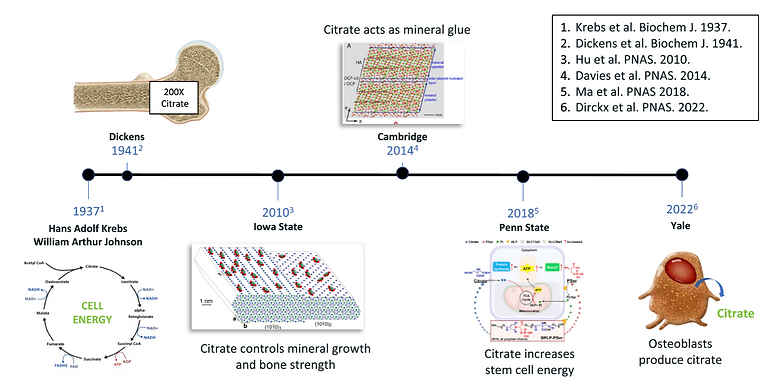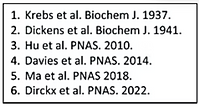
CITREGEN Technology
®
Inspired by nature, CITREGEN is a paradigm-changing synthetic biomaterial purposefully designed on a molecular level to replicate the intrinsic cellular support network. CITREGEN's main component, citrate, is historically known as a naturally occurring metabolic molecule but has recently been shown to play important roles in bone anatomy.


CITREGEN Regenerative Properties
The citrate-based polymer platform enables orthopedic repair, supports tissue regeneration through bioenergetics, and resorbs predictably without causing chronic inflammation. It maintains a neutral pH throughout its lifecycle, ensuring compatibility with native biology.
²

CITREGEN is a citrate polymer technology engineered for the mechanical and regenerative needs across various tissues.
An innovative line of functional devices has been developed using citrate polymer technology for Sports Medicine, Foot & Ankle, Upper Extremity, Trauma, and Spine applications
CITREGEN devices release citrate, a metabolic molecule, throughout their entire life cycle.
Citrate is taken up by local cells, boosting their energy production.
Combined with device designs that mimic native tissue architecture, the increased energy promotes the regeneration of complex tissue.
All CITREGEN devices resorb without causing chronic inflammation because of the citrate polymer chemistry.

CITREGEN Biocompatibly
A sheep study at Colorado State University showed evidence of biocompatibility and biologic ingrowth into porous CITREGEN implants, absent of any signs of chronic inflammation.⁷

CITREGEN History
CITREGEN Resorption
CITREGEN resorption begins with polymer hydrolysis releasing citrate, calcium, and phosphate molecules. The remaining bioceramic structure is naturally metabolized during bone remodeling. This controlled and homogeneous resorption process prevents bulk degradation and chronic inflammation.⁷


Day 1
The biomimetic implant is replaced by the normal tissue anatomy.

Mid-Stage
Citrate, calcium, and phosphate are released to the surrounding tissue.

Late-Stage
Polymer resorption continues as the bioceramic becomes metabolized.
CITREGEN Healing
CITREGEN activates key genetic pathways for metabolism, osteoconduction, and osteoinduction. Analysis of mesenchymal stem cells showed upregulation of growth factor signaling and bone formation markers, confirming a direct role in tissue regeneration.⁸
In animal models, CITREGEN improved peri-implant integration and pull-out strength compared to controls. These findings highlight its ability to enhance healing at both the cellular and mechanical levels.

CITREGEN Role in Rotator Cuff Pathologies
Studies of human rotator cuff tears found reduced citrate levels, linking metabolic imbalance to acute tendon injury. Maintaining normal tricarboxylic acid cycle metabolism is critical for effective repair.
CITREGEN releases citrate to restore local metabolism, supporting tissue repair in tendon injuries. This metabolic role extends its application beyond bone to soft tissue healing.⁹

7. Acuitive Technologies. Citregen Biological Assessment. Document No. VP1601-VR01.
8. Wang T, et al. A functionalized scaffold with enhanced osteoinductivity promotes bone regeneration. Bioactive Materials. 2016;1(2):132-142.
9. Li Z, et al. Acute tear versus chronic degeneration: citrate metabolism distinguishes human rotator cuff pathologies. Journal of Clinical Investigation. 2019;129(12):5389–5401.
